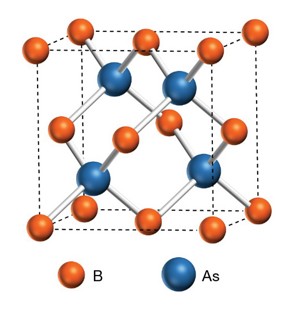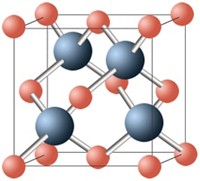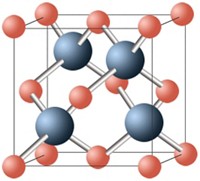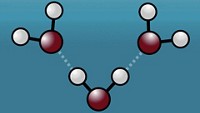Advertisement
Grab your lab coat. Let's get started
Welcome!
Welcome!
Create an account below to get 6 C&EN articles per month, receive newsletters and more - all free.
It seems this is your first time logging in online. Please enter the following information to continue.
As an ACS member you automatically get access to this site. All we need is few more details to create your reading experience.
Not you? Sign in with a different account.
Not you? Sign in with a different account.
ERROR 1
ERROR 1
ERROR 2
ERROR 2
ERROR 2
ERROR 2
ERROR 2
Password and Confirm password must match.
If you have an ACS member number, please enter it here so we can link this account to your membership. (optional)
ERROR 2
ACS values your privacy. By submitting your information, you are gaining access to C&EN and subscribing to our weekly newsletter. We use the information you provide to make your reading experience better, and we will never sell your data to third party members.
Materials
This semiconductor breaks the rules of physics under pressure
Boron arsenide’s thermal conductivity decreases when it’s squeezed
by Ariana Remmel
December 14, 2022
The semiconductor cubic boron arsenide (BAs) has thermal and electrical conductive properties that rival silicon, making it a promising candidate for high-performance electronic components. Now, scientists have revealed that BAs defies the rules of physics when in a pinch (Nature 2022, DOI: 10.1038/s41586-022-05381-x).

thermal conductivity decreases above 16.5 GPa at 300 K.
Most crystalline materials conduct heat by transferring vibrational energy as acoustic waves between atoms in an ordered lattice. External pressure forces the atoms in a crystal lattice closer together, making it easier to transfer vibrational energy between them. For this reason, experimental measurements of myriad materials—such as diamond, ice, and quartz—have all supported the conclusion that thermal conductivity increases with pressure up until the material breaks down or changes phase, says Yongjie Hu, a chemist and mechanical engineer at the University of California, Los Angeles. Computational simulations predicted that BAs might buck the trend, so Hu decided to investigate how the semiconductor performs under pressure.
To begin, Hu and his team synthesized a BAs crystal and placed it in a diamond anvil cell. This device squeezed the crystal with a pressure of up to 32 GPa while the researchers measured the material’s thermal conductivity at different temperatures. As the team cranked up the pressure at 300 K, they observed that the BAs crystal’s thermal conductivity peaked around 16.5 GPa before decreasing at higher pressures. Using a combination of Raman spectroscopy, ultrafast optical measurements, and X-ray scattering experiments, Hu and his colleagues revealed that the lattice structure of BAs propagates heat in such a way that waves of vibrational energy can cancel each other out at extreme pressures. The findings suggest that heat transport in high-pressure environments, like Earth’s core, may be more complicated than scientists realized, Hu says. The discovery may also help engineers build new devices that could control heat transport with pressure.
Gang Chen, a mechanical engineer at the Massachusetts Institute of Technology, is impressed by the authors’ detailed characterization of the semiconductor’s unusual thermal conductivity. He says he is excited to see the material’s theoretical behavior validated through experimentations.





Join the conversation
Contact the reporter
Submit a Letter to the Editor for publication
Engage with us on Twitter